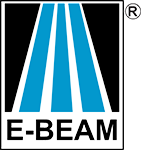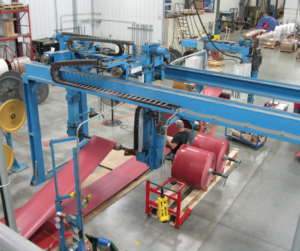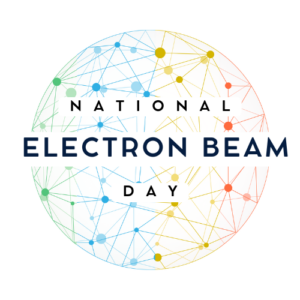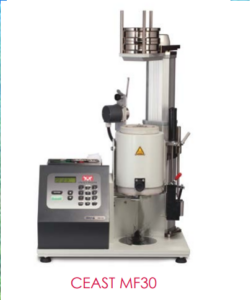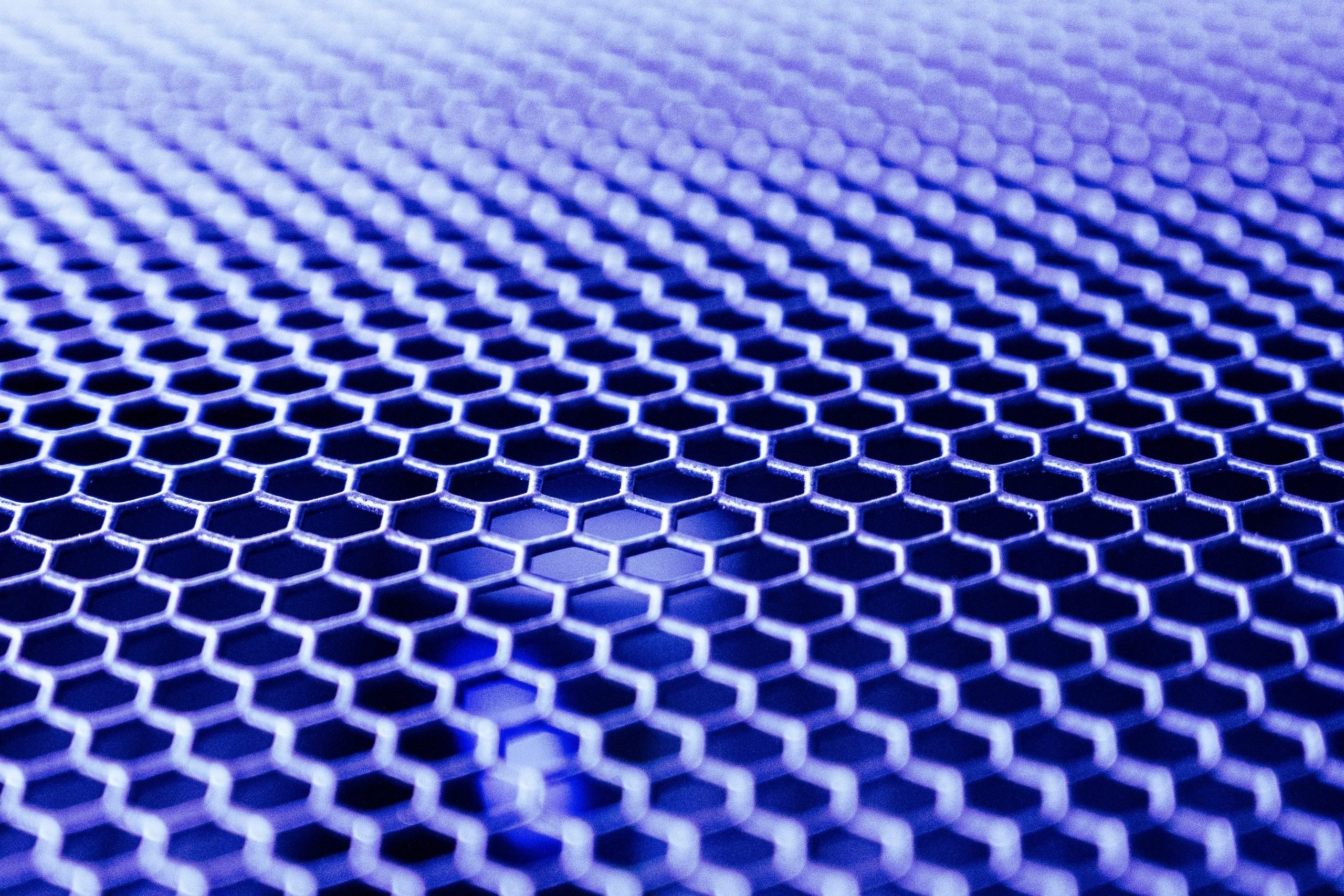
Crosslinked foams have improved physical properties over non-crosslinked foams and often go into more demanding applications, particularly where tolerances are more important, such as:
- medical applications
- tape products
- printing applications
- and certain automotive applications.
There are two ways to crosslink foam – using either chemical methods or e-beam irradiation.
Chemical Crosslinking
The structure in chemically crosslinked foam has better physical properties than non-crosslinked, the cells are large and fairly random, and is often used for packaging and heat-forming applications.
With chemically crosslinked foam, there is the need to use about 50% more additive components in the recipe than with the irradiated foam. One of these components is the crosslinking graft itself. These additional ingredients need to be mixed thoroughly before extrusion. The graft is both temperature and humidity sensitive, so it has to be used in a short amount of time otherwise there will be greater variation in the end product.
In the chemical crosslinking method, the extrusion of the matrix (pre-foamed sheet), the crosslinking, and the foaming all occur in the same continuous process. The result of this is the structure is more random and the foam bubbles often have an ovoid shape. In certain applications, this egg shape can result in a shorter lifetime before the foam compression develops and the quality of the product is compromised.
E-beam Crosslinking
E-beam crosslinked foam has a very fine microcellular structure and is often used in medical applications as well as high-end protective packaging and printing applications. E-beam irradiated foam also has a longer life than both non-crosslinked and chemically crosslinked foam.
In the e-beam crosslinking method, the matrix is first extruded. In a second separate process, it is exposed to electron beam radiation to cause the desired level of crosslinking. In a third step, the matrix is foamed through an oven. Because the extrusion and crosslinking steps are separate, the crosslinking can be tailored and made very consistent.
Because the crosslinking step and the foaming step are separate, the foam bubbles form a full spherical structure. The result is the foam has a consistent microcellular structure of resilient spherical bubbles, which makes e-beam crosslinked foam a good fit for medical, printing, and tape applications.
